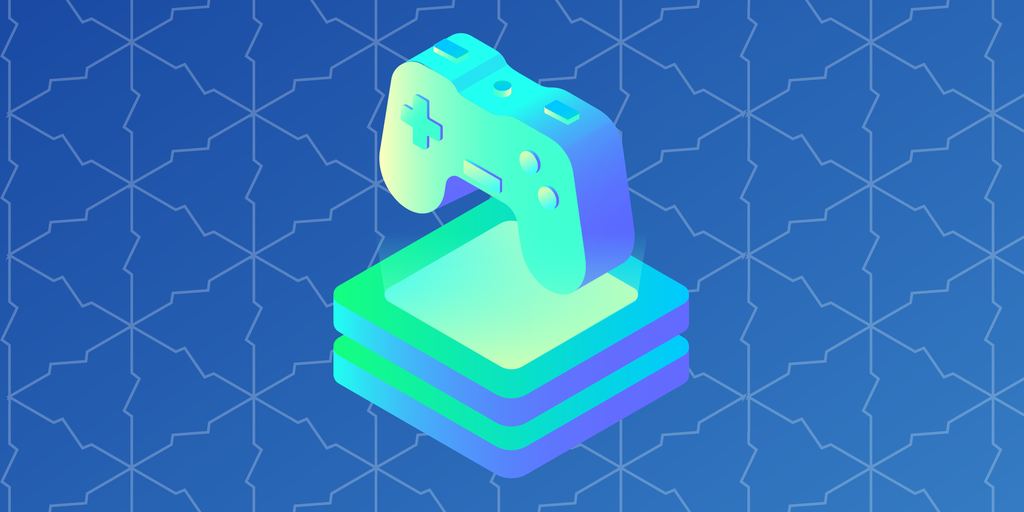Oasys is one of many gaming-focused crypto networks looking to appeal to game developers and players alike.
But what is it—and what sets it apart from other chains? Here’s a look at Oasys blockchain, some of the key features, and which major game makers are using it.
What is Oasys?
Oasys—not to be confused with Oasis—is a blockchain protocol consisting of its own layer-1 blockchain called the “Hub layer” and an Ethereum-compatible layer-2 scaling solution blockchain called the “Verse layer.” When considered together, both of these chains make up what is referred to as “Oasys.”
As a whole, Oasys is Ethereum Virtual Machine (EVM) compatible, meaning that assets like crypto tokens from other EVM chains could theoretically be transferred into the its ecosystem.
Like Ethereum’s mainnet and other chains, Oasys uses the proof-of-stake method to finalize transactions on its blockchain.
What is the Hub layer?
The so-called Hub layer is Oasys’ public, EVM-compatible layer-1 blockchain. It uses proof-of-stake and the OAS token, but is not as fast at processing transactions as the “Verse” layer on Oasys.
The Hub layer’s tech is based on a “forked” or split off version of Go Ethereum (gETH) with “minimal modifications,” according to the Oasys whitepaper. While the Hub layer’s developers consider it to be a “public” blockchain, it was designed not to accept any new smart contracts, according to the Oasys team. So any developers or creators looking to launch projects on the Hub layer, in theory, would have to seek approval from the Oasys dev team.
Tech-savvy Oasys fans will have to stake at least 10 million OAS in the Hub layer’s validator contract in order to participate in the blockchain’s proof-of-stake mechanism—and potentially reap rewards for “locking up” their tokens over time.
As of January 17, 2024, Oasys’ Hub layer has seen over 5.2 million transactions and over 32,000 crypto wallets connect to its blockchain.
What is the Verse layer?
In addition to using the proof-of-stake validation method, the “Verse” scaling layer on Oasys uses a faster type of Optimistic rollups to finalize transactions. Optimistic rollups, developed by the Optimism Foundation, can typically be disputed within seven days. In contrast, Oasys’ modified version of Optimistic rollups offer instant transaction approval—a move that could potentially allow gamers to buy and sell items faster.
Oasys is able to offer this instant approval without necessarily compromising the inherent security risks because the Verse layer is “permissioned,” so Oasys has more control over who can and can’t engage with this blockchain. Verse layer transaction data is also reflected on the Hub layer, according to the dev team.
While Oasys’ Hub layer is public, its layer-2 is not. The Oasys team claims that this allows them to offer faster transaction speeds, better chances of data retention, and more scalability than if the Verse layer was a “sidechain” (Polygon is one example of a well-known Ethereum sidechain).
At time of writing, Oasys’ tech can only support its high-speed Optimistic rollups—but the team hopes to add support for zero-knowledge rollups (ZK rollups) as early as sometime in 2024.
Are there transaction fees?
Unlike many other blockchains, Oasys’ Verse layer kicks all transaction fees to developers by default so that users (gamers) don’t have to pay them.
Which tokens does Oasys use?
As mentioned earlier, participating in staking on the Oasys Hub layer will require a fair amount of OAS tokens. But Oasys’ Verse layer will use “Verse” tokens and also allow individual games to bring in or issue their own game-related tokens, or tokens for their decentralized applications (dapps).
Does Oasys have a bridge?
Oasys has a proof-of-stake bridge or connector that allows users to move some data from their NFTs, also known as ERC-721 tokens, from chains like Ethereum or Astar to Oasys.
What is the Oasys Passport?
Like blockchain gaming rival Immutable’s Immutable Passport, the Oasys Passport is a simplified crypto wallet, but for the Oasys blockchains. It’s designed for beginners and those new to crypto, according to a post from September 2023.
Games using Oasys
What are some games using Oasys’ blockchain tech?
Ubisoft’s upcoming turn-based fantasy role-playing game Champions Tactics: Grimoria Chronicles is using Oasys for its blockchain elements. While Ubisoft held the game’s first free NFT mint on the Ethereum mainnet, this is still compatible with its Oasys plans.
DoubleJump Tokyo’s pixel-style NFT fantasy game My Crypto Heroes is using Oasys for its own “Verse” layer and has seen over 33 million transactions across over 684,000 crypto wallets as of January 17, 2024.
Battle of Three Kingdoms—based on an old Sega IP—is another game being developed by DoubleJump Tokyo that is also using Oasys as its blockchain of choice.
Com2us and XPLA’s game Summoners War: Chronicles is another game using Oasys for its blockchain features. And Bandai Namco, the publisher behind Pac-Man and Tekken, released an experimental AI-driven NFT virtual pet game on Oasys in 2023.
Despite the growing number of gaming-focused blockchains, Oasys has already seen a number of prominent publishers build in its ecosystem. With its two-layer system and publishers like Ubisoft already on board, it’s primed to compete with rival gaming-focused chains like Immutable and Sui, to name a few.
Edited by Andrew Hayward





Comments are closed.